Home>Furniture & Design>Interior Design Trends>What Temperature Does Glass Break
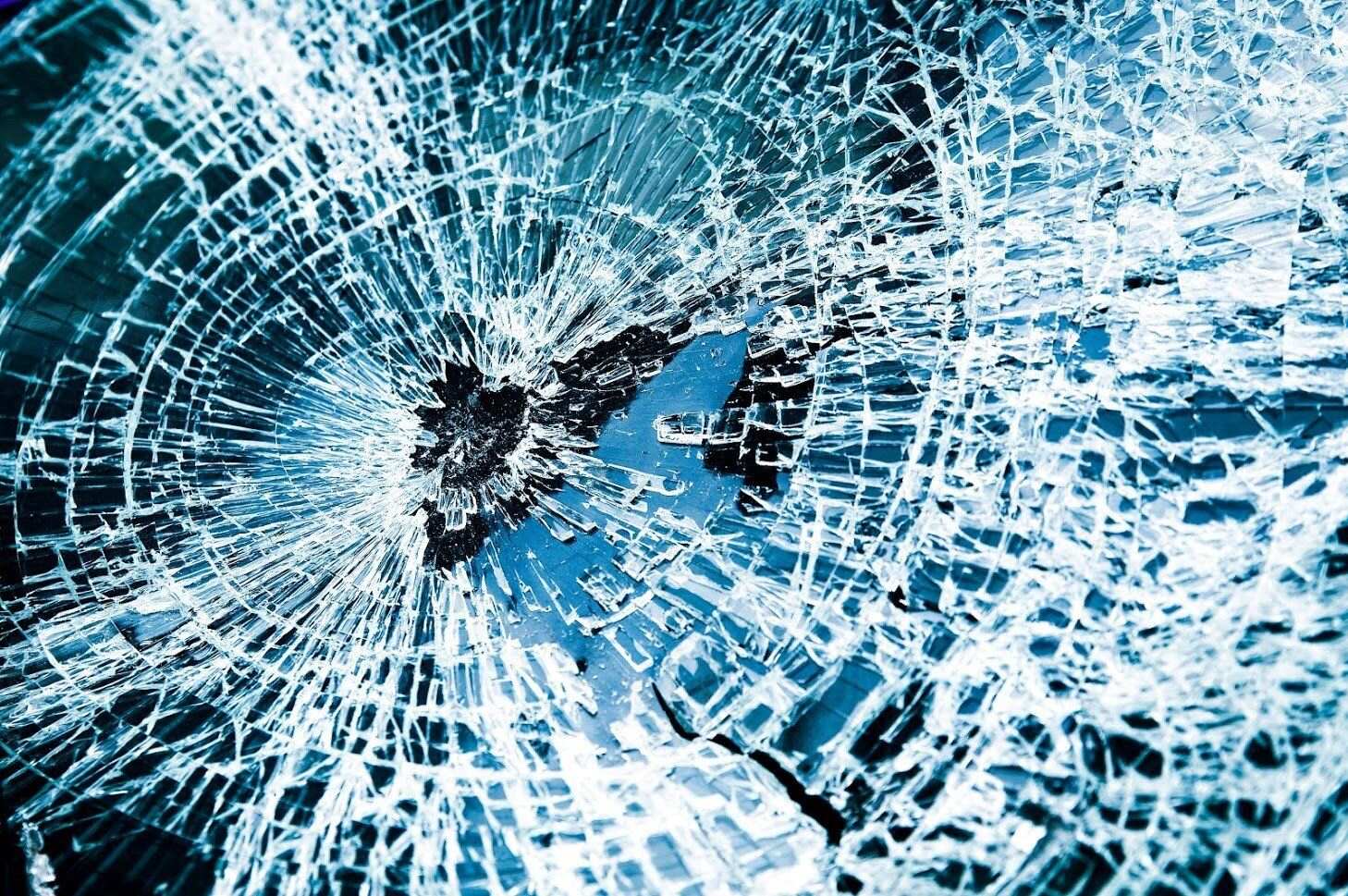

Interior Design Trends
What Temperature Does Glass Break
Modified: October 19, 2024
Discover the impact of temperature on glass and how it relates to interior design trends. Learn about the breaking point of glass in different environments.
(Many of the links in this article redirect to a specific reviewed product. Your purchase of these products through affiliate links helps to generate commission for Storables.com, at no extra cost. Learn more)
Introduction
Glass is a ubiquitous material in our daily lives, serving as a fundamental component in windows, mirrors, and various household items. Its transparency and versatility make it a popular choice for architectural and interior design applications. However, despite its widespread use, many people are unaware of the specific conditions that can cause glass to break. Understanding the factors that contribute to glass breakage and the temperatures at which it occurs is crucial for both homeowners and professionals in the design and construction industries.
Glass breakage can occur due to a variety of reasons, including temperature differentials, physical impact, and inherent flaws in the glass itself. By delving into the intricacies of these factors, we can gain a deeper appreciation for the delicate nature of glass and the measures that can be taken to prevent breakage. In this article, we will explore the various elements that influence glass breakage, common temperatures at which glass is susceptible to breaking, and practical strategies for mitigating the risk of glass breakage in different settings.
Understanding the behavior of glass under different conditions is essential for maintaining the safety and integrity of structures and interior design elements. Whether it's a residential window exposed to extreme temperature differentials or a decorative glass feature in a commercial space, being cognizant of the potential for glass breakage empowers individuals to make informed decisions regarding the selection, installation, and maintenance of glass components. As we delve into the intricacies of glass breakage, we will uncover valuable insights that can inform our approach to utilizing and safeguarding this remarkable material.
Key Takeaways:
- Glass can break from extreme temperatures, physical impact, flaws, and environmental factors. Understanding these risks helps prevent breakage and ensures the longevity of glass in homes and buildings.
- To prevent glass breakage, use shading, choose the right glass type, inspect and maintain regularly, control the environment, and educate users. These measures protect glass and promote safety in design and construction.
Read more: What Frequency Does Glass Break
Factors Affecting Glass Breakage
Glass breakage can be influenced by a multitude of factors, encompassing both external conditions and inherent properties of the glass itself. Understanding these factors is crucial for preempting potential breakage and ensuring the longevity of glass installations.
Temperature Differentials
One of the primary factors contributing to glass breakage is temperature differentials. When a glass pane is subjected to uneven temperature distribution, such as direct sunlight on one side and shade on the other, thermal stress occurs. This stress leads to uneven expansion and contraction of the glass, potentially causing it to crack or shatter. In regions with extreme temperature variations, such as desert climates or areas prone to rapid weather changes, the risk of glass breakage due to temperature differentials is heightened.
Physical Impact
Another significant factor in glass breakage is physical impact. Glass surfaces are vulnerable to damage from external forces, such as blunt or sharp objects, human contact, or even natural phenomena like hailstorms. The severity of the impact and the structural integrity of the glass determine whether it will withstand or succumb to the force. In high-traffic areas or environments where the risk of impact is elevated, employing tempered or laminated glass can enhance the glass's resistance to breakage.
Inherent Flaws
Inherent flaws within the glass, such as microscopic cracks, air bubbles, or uneven thickness, can also contribute to breakage. These imperfections weaken the structural integrity of the glass, making it more susceptible to spontaneous breakage or failure under stress. Quality control measures during the manufacturing process and regular inspections of installed glass components are essential for identifying and addressing these flaws before they lead to breakage.
Read more: Why Does Glass Break With Sound
Material Quality
The quality of the glass itself plays a pivotal role in its susceptibility to breakage. Factors such as the type of glass (e.g., annealed, tempered, laminated), thickness, and manufacturing standards influence its resilience. Tempered glass, for instance, is designed to withstand greater impact and thermal stress compared to annealed glass, making it a preferred choice for applications requiring enhanced durability.
Environmental Conditions
Environmental factors, including exposure to corrosive substances, high humidity, and atmospheric pressure changes, can also impact glass breakage. For instance, prolonged exposure to salt-laden air in coastal regions can accelerate the deterioration of glass surfaces, potentially leading to breakage over time. Understanding the specific environmental challenges faced by glass installations in different locations is crucial for implementing preventive measures and selecting appropriate glass types.
By comprehensively considering these factors, designers, architects, and homeowners can make informed decisions regarding the selection, installation, and maintenance of glass elements, thereby minimizing the risk of breakage and ensuring the long-term performance of glass in diverse settings.
Common Temperatures for Glass Breakage
Glass breakage due to temperature differentials typically occurs within specific temperature ranges, reflecting the material's susceptibility to thermal stress. While the exact threshold varies based on the type and quality of the glass, as well as environmental conditions, there are common temperature ranges at which glass is prone to breakage.
In general, the critical temperature for glass breakage due to thermal stress is around 566 degrees Celsius (1,051 degrees Fahrenheit). When a glass pane is exposed to a significant temperature differential, such as direct sunlight on one side and cooler ambient temperatures on the other, the surface facing the sun absorbs heat and expands, while the shaded side remains relatively cooler. This temperature gradient induces stress within the glass, potentially leading to breakage if the thermal stress exceeds the glass's tensile strength.
Moreover, the annealing process during glass manufacturing influences its thermal resistance. Annealed glass, which is the standard form of glass produced, is more susceptible to thermal stress-induced breakage compared to tempered or heat-strengthened glass. Annealed glass typically experiences thermal breakage when exposed to temperature differentials of approximately 30-40 degrees Celsius (54-72 degrees Fahrenheit) across its surface.
In colder climates, the risk of glass breakage due to thermal stress is heightened during winter months. When exterior glass surfaces are exposed to freezing temperatures while the interior remains heated, the resulting temperature gradient can surpass the glass's thermal tolerance, leading to breakage. Conversely, in hot climates, the intense solar radiation and high ambient temperatures can subject glass to thermal stress, especially in areas with minimal shading or ventilation.
Understanding these common temperature ranges for glass breakage is essential for architects, designers, and homeowners when specifying and installing glass components. By factoring in the local climate, sun exposure, and building orientation, professionals can implement design strategies to mitigate thermal stress on glass, such as incorporating shading devices, selecting appropriate glass types, and optimizing building envelope performance.
Furthermore, advancements in glass technology, such as low-emissivity coatings and insulating glass units, have expanded the thermal resilience of glass, reducing the risk of breakage within the aforementioned temperature ranges. By leveraging these innovations, the design and construction industry can enhance the durability and energy efficiency of glass installations while minimizing the potential for thermal stress-induced breakage.
In essence, by recognizing the common temperature thresholds for glass breakage and leveraging technological advancements, stakeholders can proactively address the challenges posed by thermal stress, ensuring the longevity and safety of glass elements in diverse architectural and interior design applications.
How to Prevent Glass Breakage
Preventing glass breakage encompasses a multifaceted approach that involves strategic design considerations, material selection, and proactive maintenance practices. By implementing targeted measures, individuals can minimize the risk of glass breakage and prolong the lifespan of glass installations in various settings.
Read more: Why Does Porcelain Break Glass
Design Considerations
Integrating shading devices, such as overhangs, awnings, or external louvers, can mitigate direct solar exposure on glass surfaces, reducing the likelihood of thermal stress-induced breakage. Additionally, optimizing building orientation and fenestration design to minimize temperature differentials across glass panes is essential for preventing thermal stress-related breakage.
Material Selection
Choosing the appropriate type of glass for specific applications is paramount in preventing breakage. Tempered or heat-strengthened glass, known for its enhanced thermal resistance and impact resilience, is well-suited for areas prone to temperature differentials and potential physical impact. Laminated glass, featuring an interlayer that holds the glass together upon breakage, is ideal for applications requiring heightened safety and security.
Regular Inspections and Maintenance
Conducting routine inspections of glass surfaces to identify and address any signs of damage, such as chips, scratches, or stress fractures, is crucial for preempting potential breakage. Additionally, ensuring proper installation and secure anchoring of glass components, particularly in high-wind or seismic-prone regions, is essential for safeguarding against structural failure.
Environmental Controls
Implementing environmental controls, such as regulating indoor temperatures and humidity levels, can help minimize temperature differentials and thermal stress on glass surfaces. Furthermore, employing protective coatings, such as UV-resistant films or thermal insulation treatments, can enhance the durability and resilience of glass, reducing the risk of breakage due to environmental factors.
Read more: At What Temperature Does Sand Turn To Glass
Education and Awareness
Educating occupants and stakeholders about the proper handling and maintenance of glass elements fosters a culture of care and responsibility, reducing the likelihood of accidental damage or misuse. Providing clear guidelines for cleaning, handling, and avoiding impact on glass surfaces contributes to the overall prevention of breakage.
By integrating these preventive measures into the design, installation, and maintenance of glass components, individuals can proactively mitigate the risk of breakage and ensure the long-term performance and safety of glass in diverse architectural and interior design contexts. Through a holistic approach that encompasses design, material selection, maintenance, and user education, the industry can effectively address the challenges associated with glass breakage, fostering environments where glass can thrive in both functionality and aesthetics.
Conclusion
In conclusion, the susceptibility of glass to breakage is influenced by a myriad of factors, including temperature differentials, physical impact, inherent flaws, material quality, and environmental conditions. Understanding the interplay of these elements is essential for preempting potential breakage and ensuring the longevity of glass installations in diverse architectural and interior design contexts.
By delving into the intricacies of glass breakage, we have gained valuable insights into the critical temperature ranges at which glass is prone to breakage due to thermal stress. The common threshold of approximately 566 degrees Celsius (1,051 degrees Fahrenheit) underscores the delicate nature of glass when exposed to uneven temperature distribution, emphasizing the need for strategic design and material selection to mitigate thermal stress-induced breakage.
Moreover, the multifaceted approach to preventing glass breakage encompasses design considerations, material selection, regular inspections and maintenance, environmental controls, and education and awareness. By integrating these measures, stakeholders can proactively address the challenges associated with glass breakage, fostering environments where glass can thrive in both functionality and aesthetics.
As the design and construction industry continues to evolve, advancements in glass technology, such as low-emissivity coatings, insulating glass units, and innovative manufacturing processes, are expanding the thermal resilience and durability of glass. These advancements, coupled with a comprehensive understanding of glass behavior and preventive strategies, empower professionals to create spaces where glass serves as a resilient, safe, and visually captivating material.
In essence, the knowledge and strategies outlined in this article serve as a foundation for informed decision-making and proactive measures to safeguard against glass breakage. By embracing a holistic approach that encompasses design, material selection, maintenance, and user education, the industry can elevate the performance and longevity of glass in architectural and interior design applications, fostering environments where transparency, luminosity, and structural integrity converge seamlessly.
By recognizing the delicate balance between the inherent fragility and remarkable resilience of glass, we can cultivate spaces where this versatile material thrives, enriching our built environment with its timeless allure and functional prowess.
Frequently Asked Questions about What Temperature Does Glass Break
Was this page helpful?
At Storables.com, we guarantee accurate and reliable information. Our content, validated by Expert Board Contributors, is crafted following stringent Editorial Policies. We're committed to providing you with well-researched, expert-backed insights for all your informational needs.
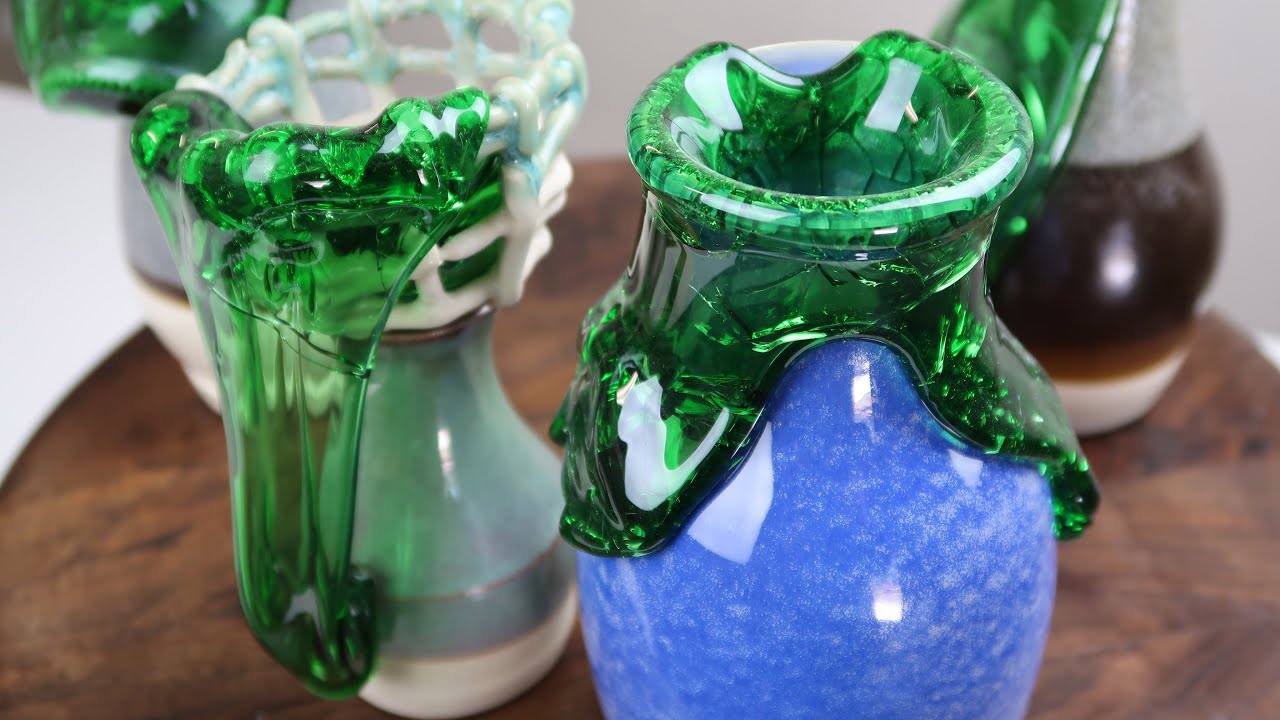
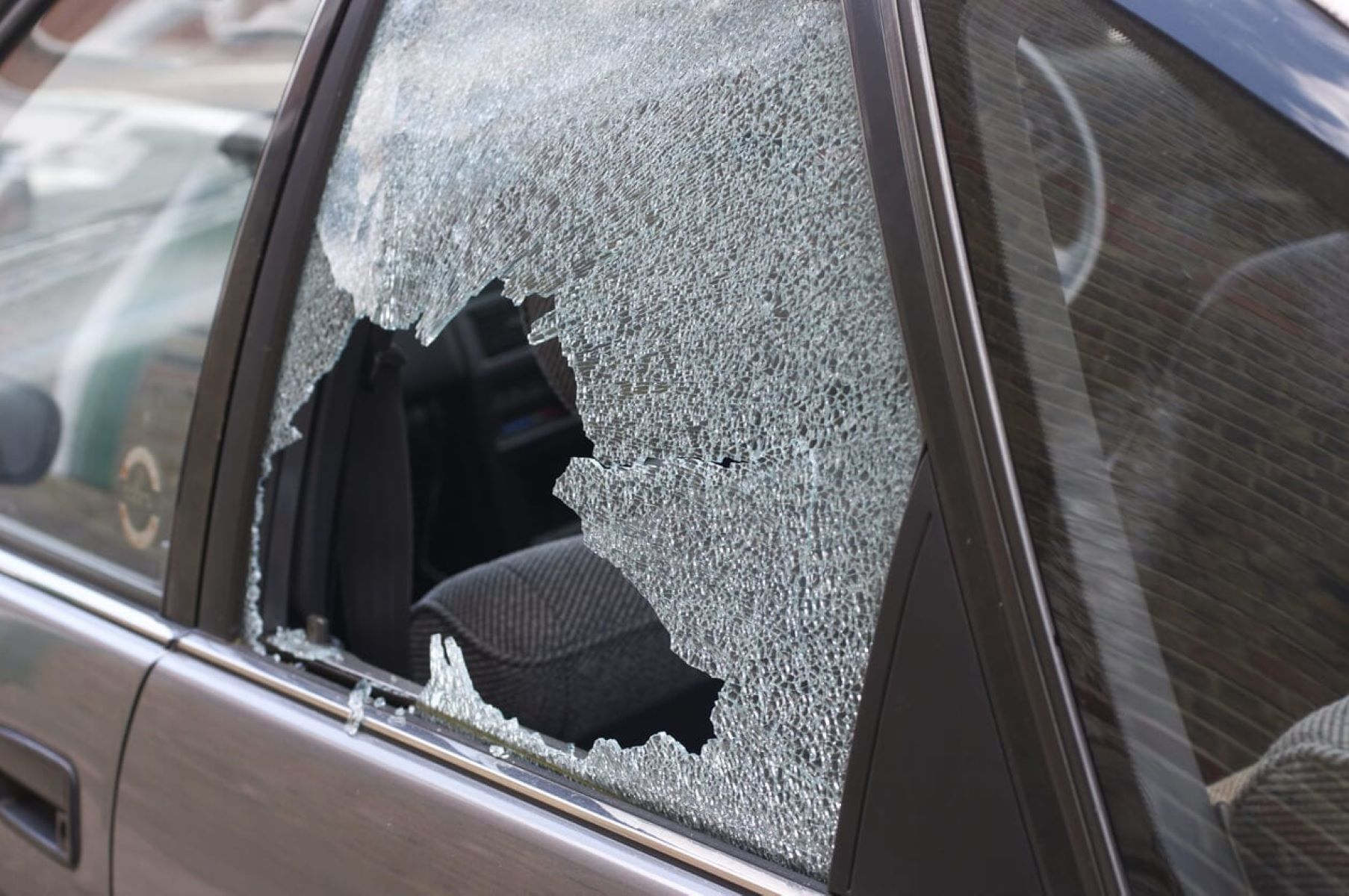

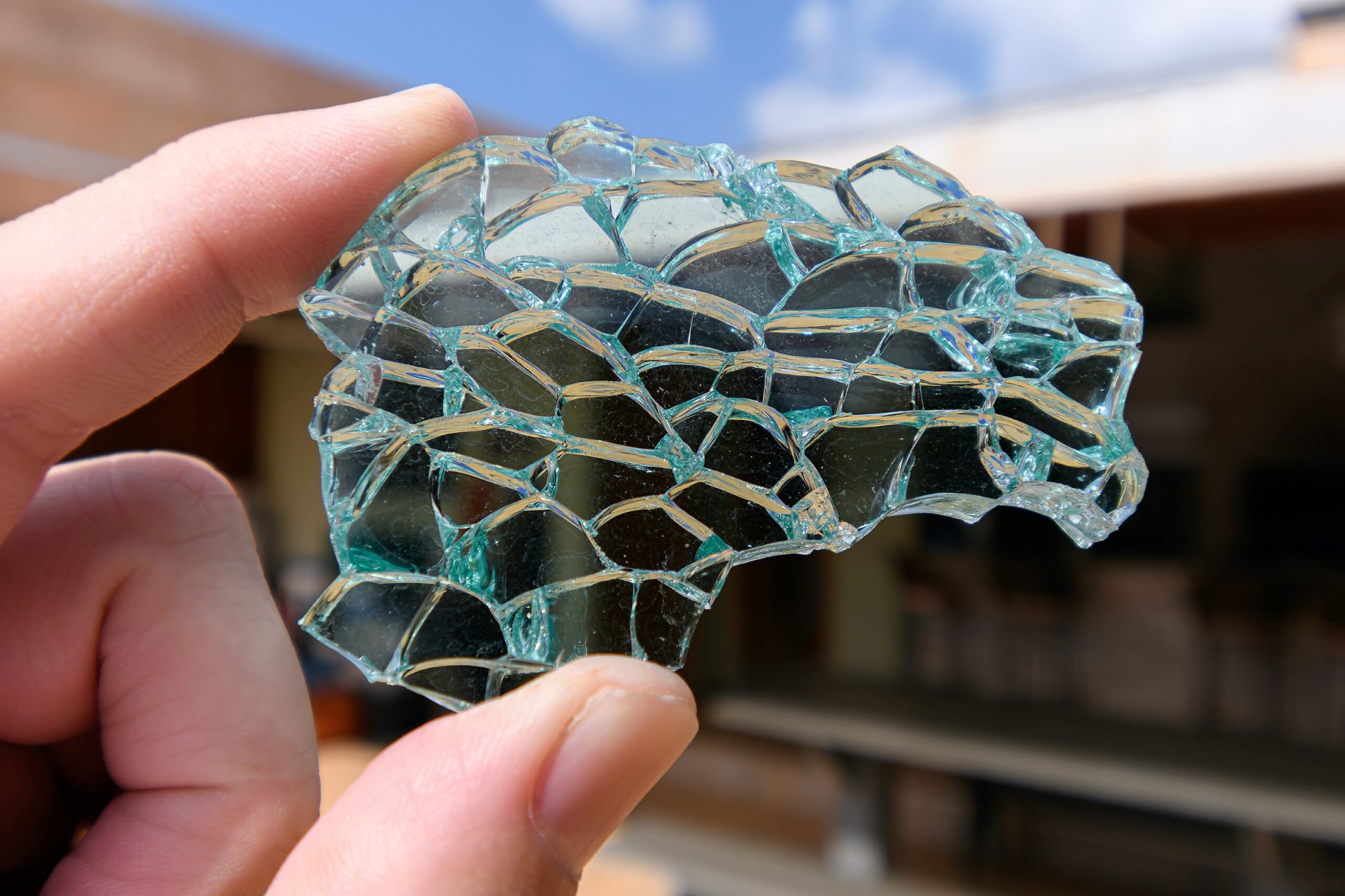
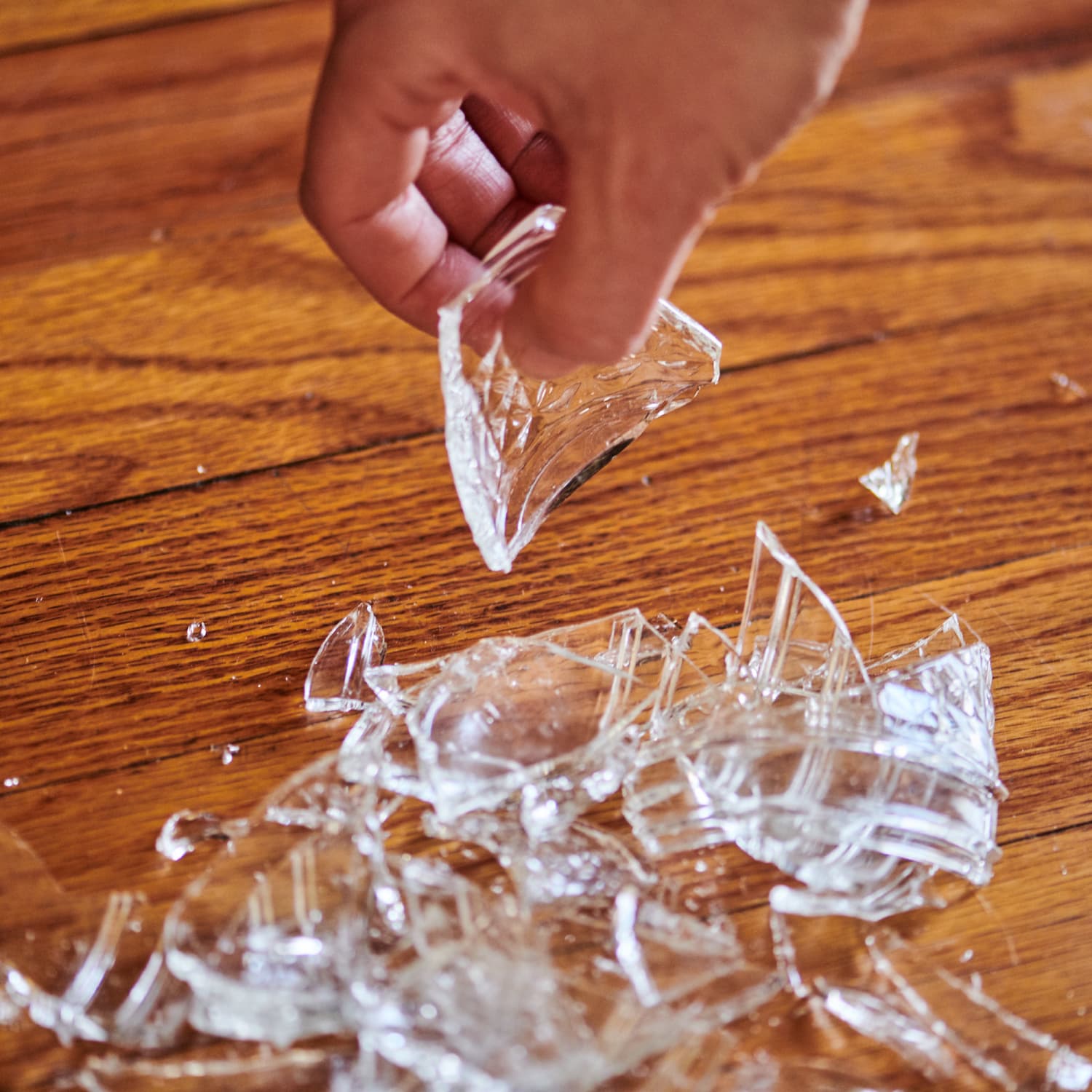
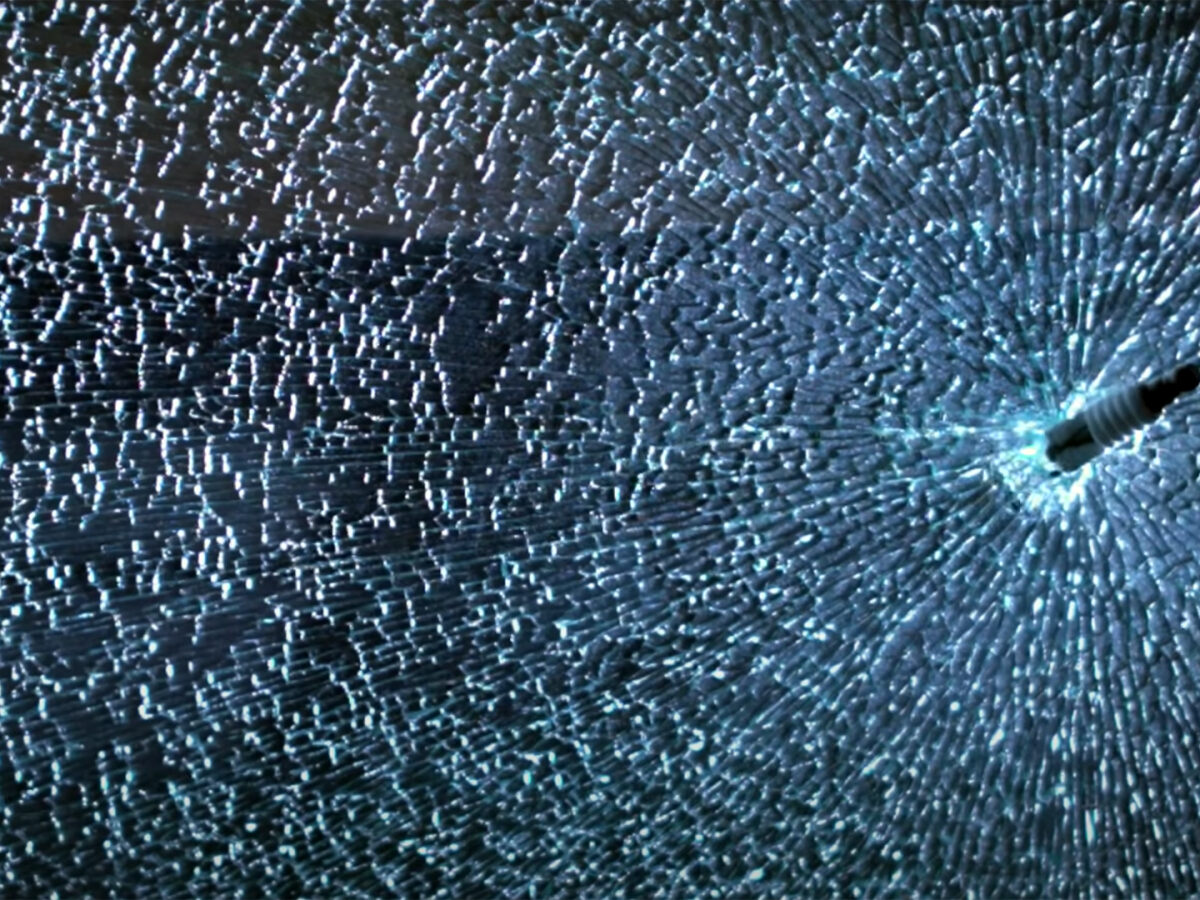

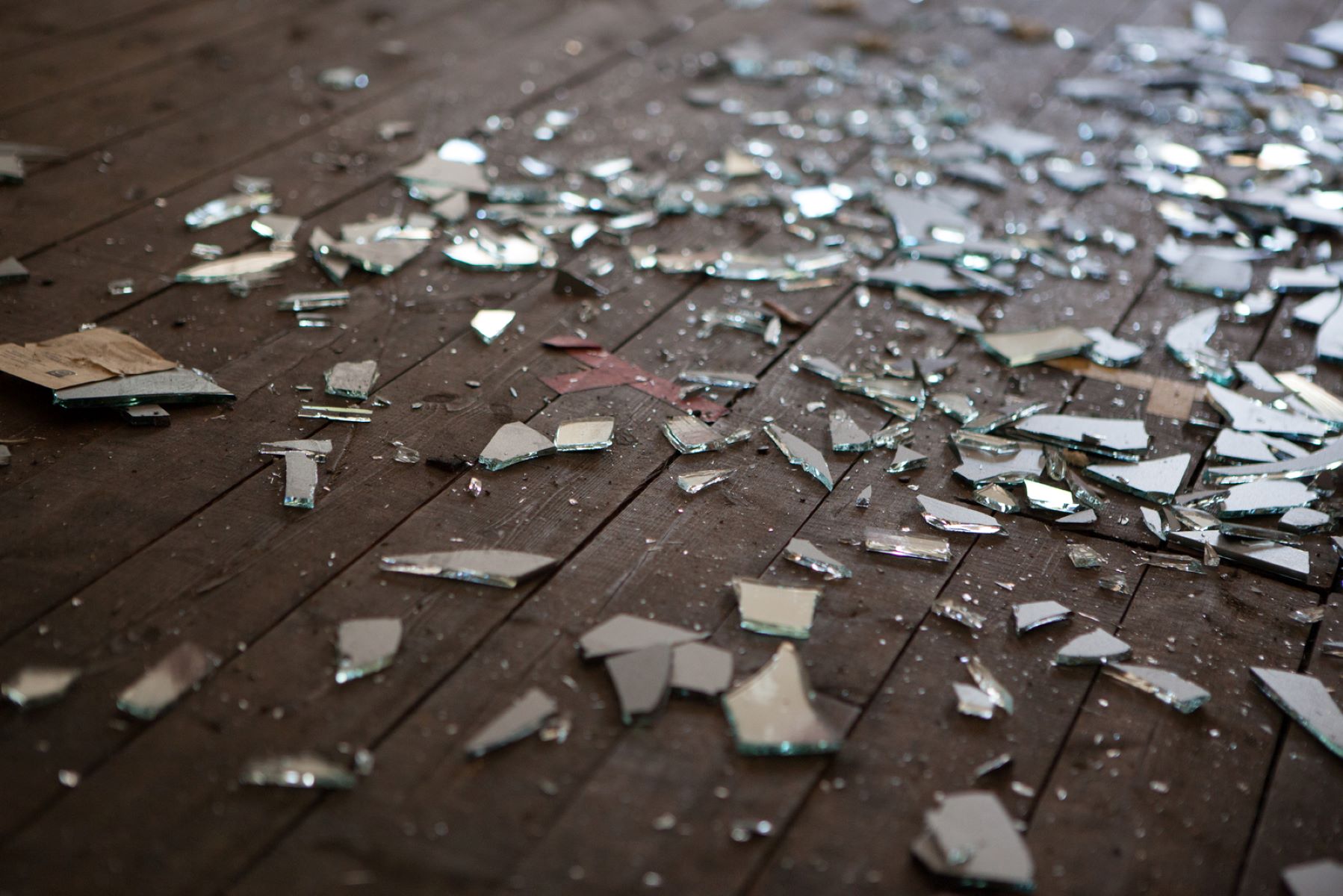
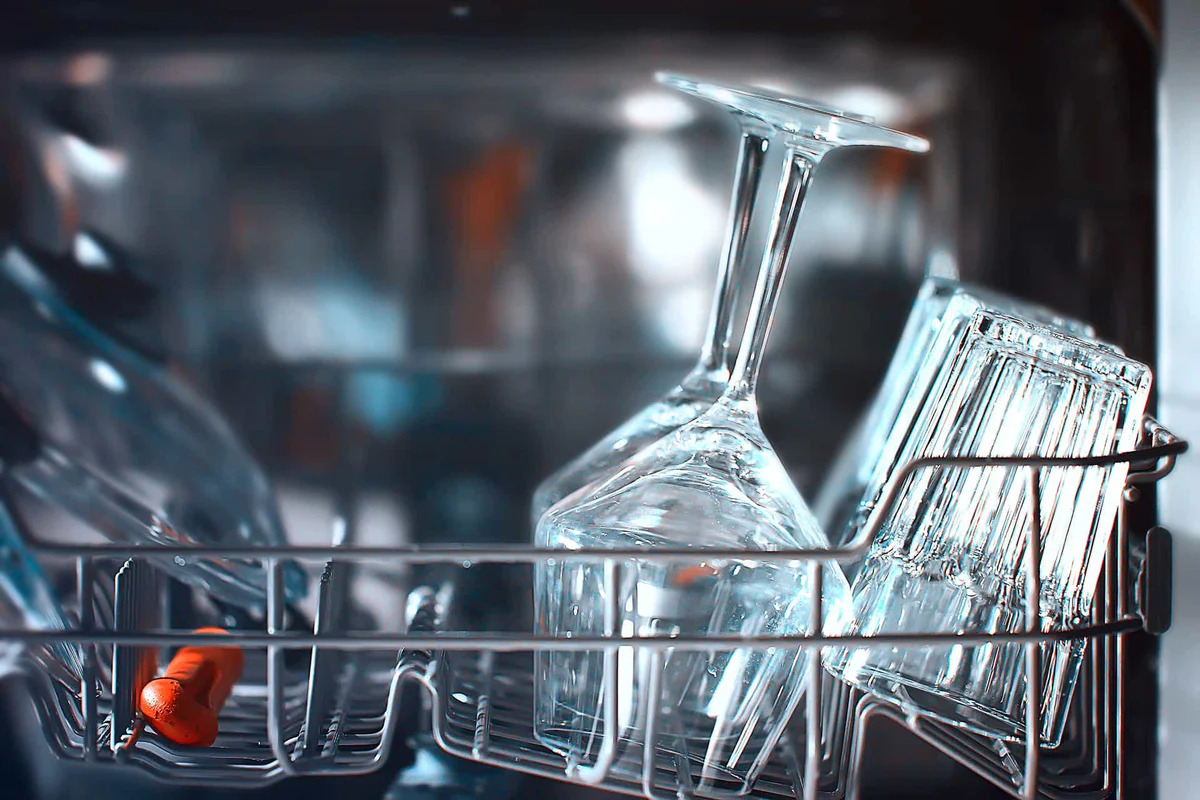
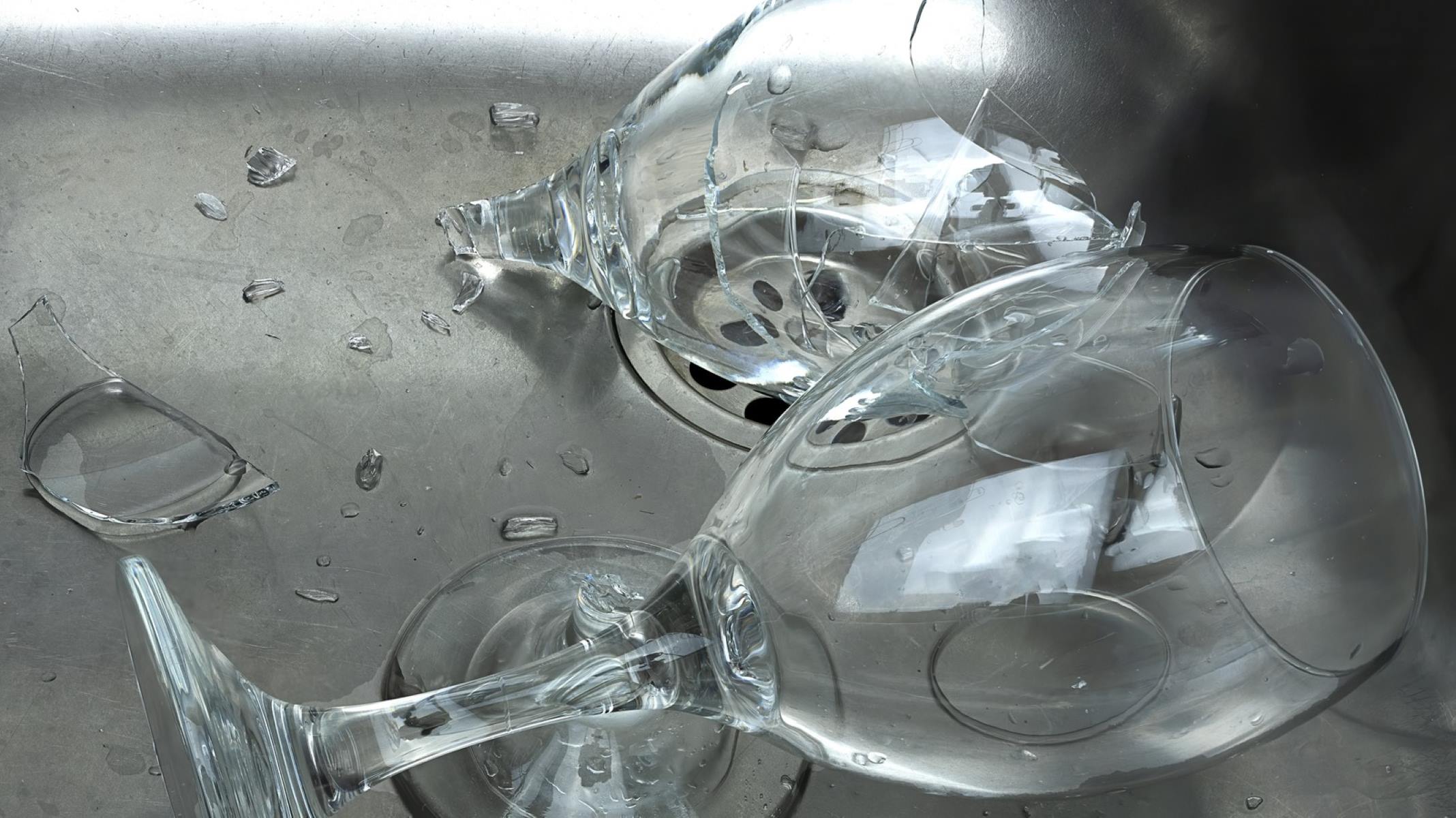
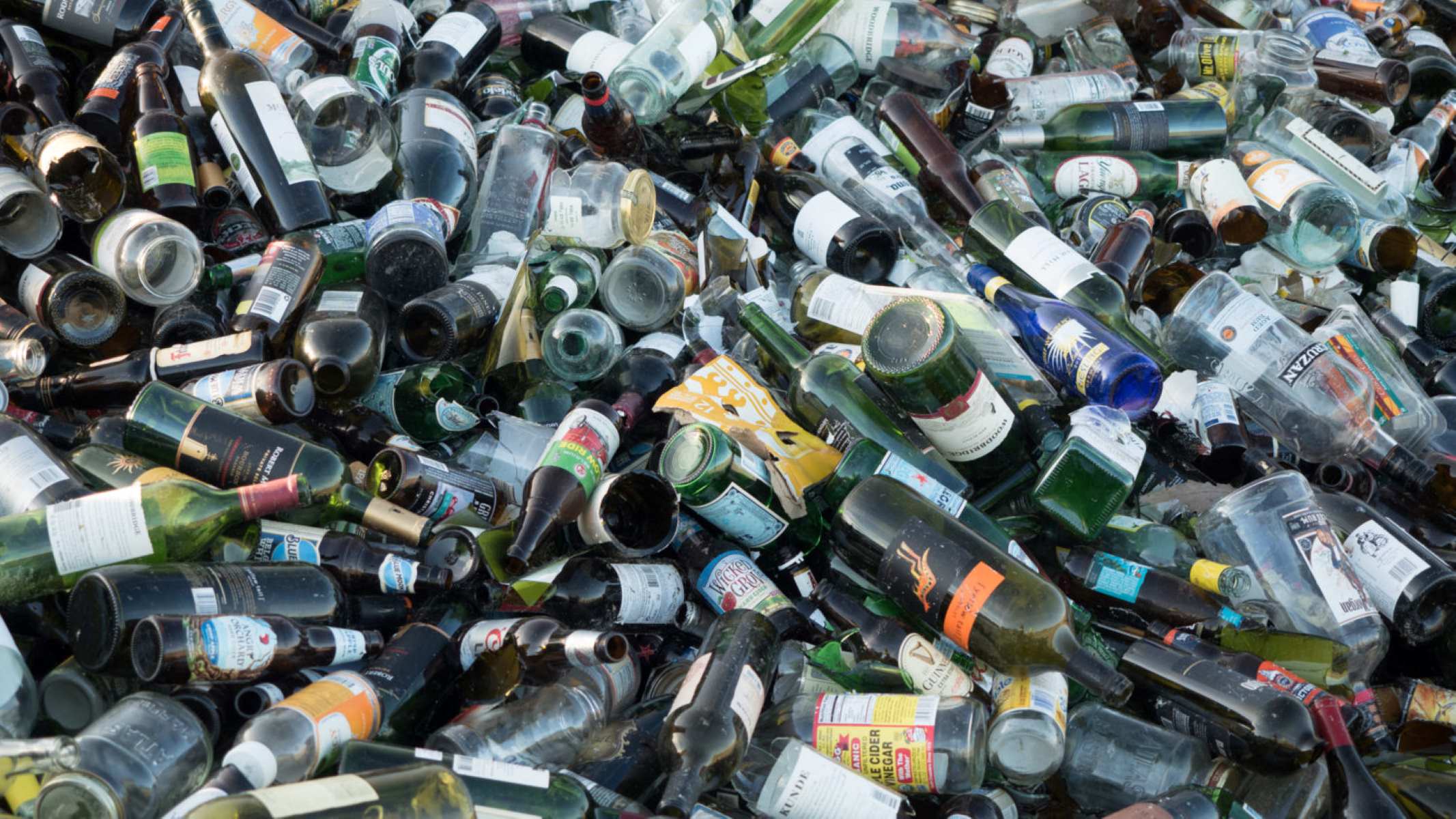
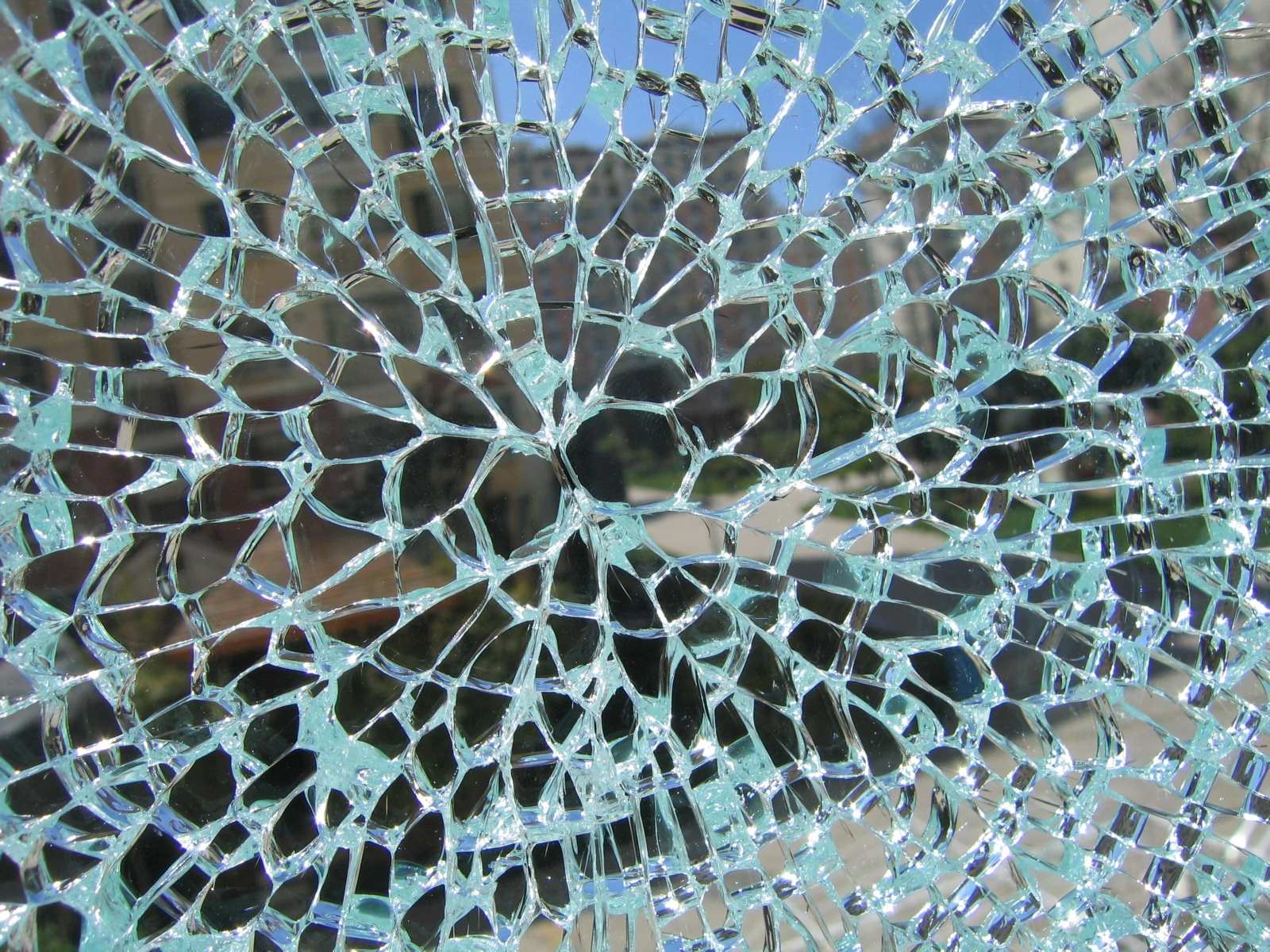

0 thoughts on “What Temperature Does Glass Break”